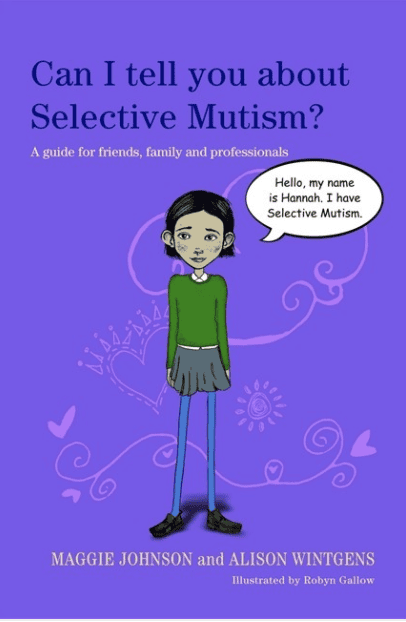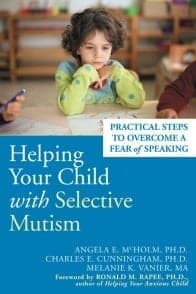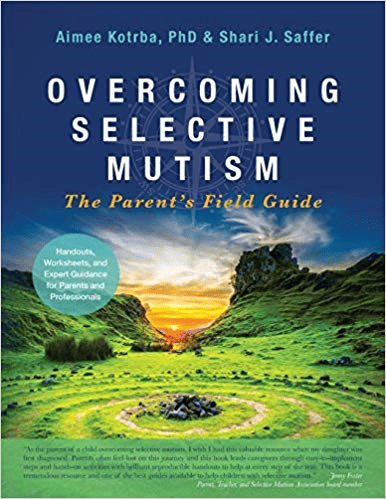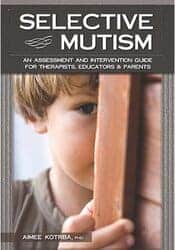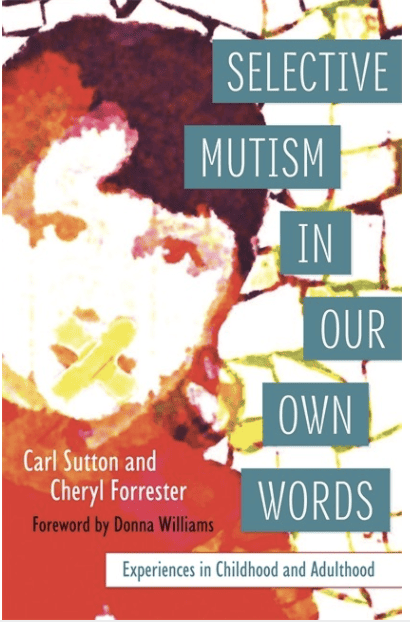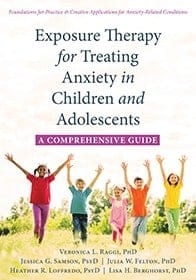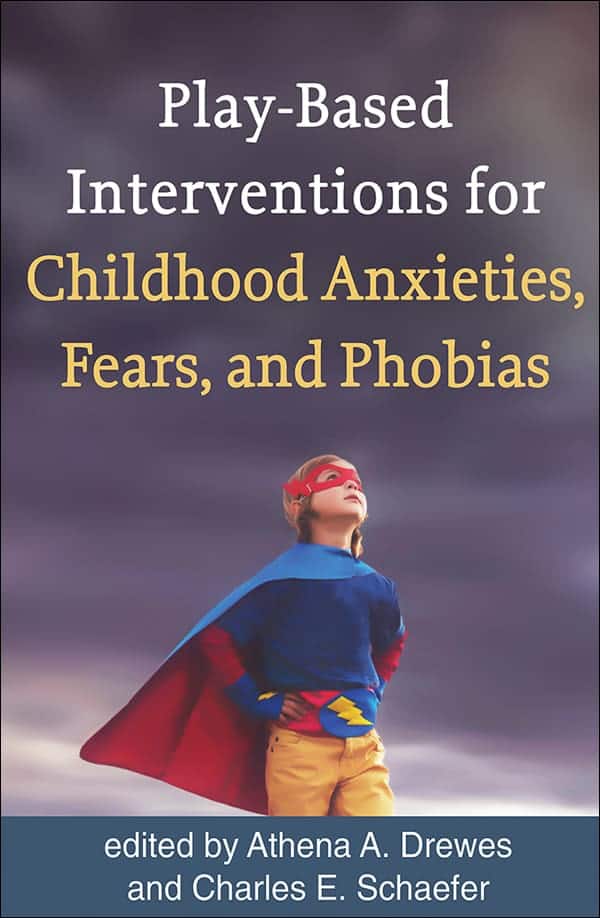Anxiety
Selective Mutism: Overview and Treatments
THC Editorial Team December 29, 2020

Contents
- Overview
- What Is Selective Mutism?
- Symptoms of Selective Mutism
- Causes and Risk Factors of Selective Mutism
- How Is Selective Mutism Diagnosed
- Treatments for Selective Mutism
What Is Selective Mutism?
A psychological condition that typically begins during early childhood, selective mutism is considered to be a complex type of anxiety disorder. Affected children are able to speak in places where they feel relaxed and comfortable but are unable to speak in specific social settings where communication is necessary. For example, a child may communicate effectively with family members at home but may be unable to speak at school, around peers, or in front of strangers.
Selective mutism is more than just shyness; it’s an excessive form of social timidity that is often associated with social anxiety. Children who have this disorder are able to hear and understand what is spoken, but they may freeze when they are expected to communicate with others in certain places or situations. It is estimated that up to 7% of the population experiences this disorder.1
Children with selective mutism may seem overly shy and hesitant to try new things as toddlers, and they may be excessively reluctant to be separated from their parents. As time progresses, selective mutism may develop.
What Are the Symptoms of Selective Mutism?
The most common sign that a child has this disorder is the inability to speak when in a situation that triggers anxiety. Notably, this is not a refusal to speak; the child is truly unable to speak out of fear in situations where there is a pressure to communicate.
Additional symptoms may vary when a child is exposed to distressing situations and depend on the severity of the condition. These include the following:2,3,4
- whispering responses to other people
- using nonverbal gestures, such as nodding or hand motions
- freezing with a complete inability to speak
- avoiding eye contact
- appearing nervous
- fidgeting, such as playing with hair
- withdrawing from others
- lacking facial expression
- clinging to a parent or experiencing separation anxiety
- becoming stiff or showing poor coordination
- experiencing physical symptoms of anxiety, such as a stomachache, prior to the distressing event
- throwing a tantrum or engaging in other forms of negative behavior before the planned situation
Types of Selective Mutism
Selective mutism can occur on its own or with another disorder. Some of the most common co-occurring conditions are anxiety, depression, obsessive-compulsive disorder, and autism. People with selective mutism may also experience developmental delays, and 20%–30% have problems with language development.5
Causes and Risk Factors of Selective Mutism
Researchers have not yet identified an exact cause of selective mutism in children. Unlike total mutism, selective mutism is not believed to be brought on by a traumatic experience or event. However, some risk factors may make a child more likely to develop this complex anxiety disorder. These include the following:
- existing anxiety, such as generalized anxiety disorder or panic disorder
- current social phobia
- family history of anxiety
- excessive shyness
- fear of embarrassment in social situations
How Is Selective Mutism Diagnosed?
Because many children do not show symptoms of selective mutism until they start school, this condition is usually diagnosed between the ages of 5 and 8 even though children may have this condition as early as 3 years old.6
To diagnose selective mutism, a physician or mental health practitioner will talk with parents about the child’s symptoms, medical history, and family history. Because the child may be unwilling to speak with the doctor, the physician or other practitioner will generally ask parents to take a video of the child interacting with family at home or in another comfortable setting where language is used freely.
Before making a diagnosis, the physician and/or mental health practitioner must rule out other potential and rarer problems, such as hearing difficulties, physical limitations, and mental disorders such as schizophrenia. The child must then meet the following guidelines defined in the Diagnostic and Statistical Manual of Mental Disorders (5th edition; DMS-5) in order to be diagnosed with selective mutism:7
- The child consistently does not speak in certain social settings but speaks in other situations.
- The fear of speaking interferes with the child’s progress or development in the given situation.
- The inability to speak lasts for at least 1 month, not counting the first month of being exposed to a new situation.
- The child knows, and is comfortable with, the language used in the situation.
- The lack of speech is not caused by another type of communication problem and does not occur only as a part of another mental health issue.
Treatments for Selective Mutism
A child should be treated for selective mutism as soon as the problem is diagnosed. The longer the condition is left untreated, the longer it could take for the child to overcome the disorder. Without treatment, this condition can last well into adulthood and can affect the individual’s ability to work or to have a productive life.
Various types of psychotherapy are used, with or without medication, to help the child feel less anxious and more self-confident in distressing social settings. Following are the most commonly used methods:
- Cognitive behavioral therapy can teach the child how to handle anxiety, learn new positive habits, and communicate confidently.
- Exposure therapy exposes a child with selective mutism to various situations requiring verbal or nonverbal communication using the following methods:
- Desensitization: The therapist initially helps the child become comfortable with their voice and then uses voice recordings, telephone calls, or video messaging to help the child communicate with others. This can then lead to face-to-face communication.
- Graded exposure: By working through situations that cause less anxiety, the child learns to deal with progressively more difficult scenarios.4
- Family therapy can help families learn effective strategies to support their loved one with selective mutism.
- Behavioral therapy aims to address learned behaviors that are assumed to cause selective mutism.6 Behavioral therapy may include the following techniques:
- Shaping: As the child attempts to communicate in gradually more challenging circumstances, the therapist praises or rewards the child to encourage the behavior until the child can speak in all situations.
- Positive and negative reinforcement: Positive and negative reinforcement involve increasing a preferred behavior by providing something desired or removing something disliked.
- Stimulus fading: Once the child is conversing with a trusted partner, another person slowly joins the conversation.
- Self-modeling: The child is recorded on video speaking in a comfortable situation. The child then watches the video to gain more confidence in their ability to speak.
- Psychodynamic therapy presupposes an underlying conflict in the child, such as displaced anger manifesting as selective mutism. In young children, psychodynamic therapy takes the form of play therapy.6
Medication may also be used to treat selective mutism, but it should only be used with older children, adolescents, and adults. It should not be used as an alternative to psychotherapy or environmental modification;4 if other forms of treatment do not work, some mental health professionals may suggest using an antidepressant medicine as a complement to psychotherapy to reduce overall anxiety and depression.












